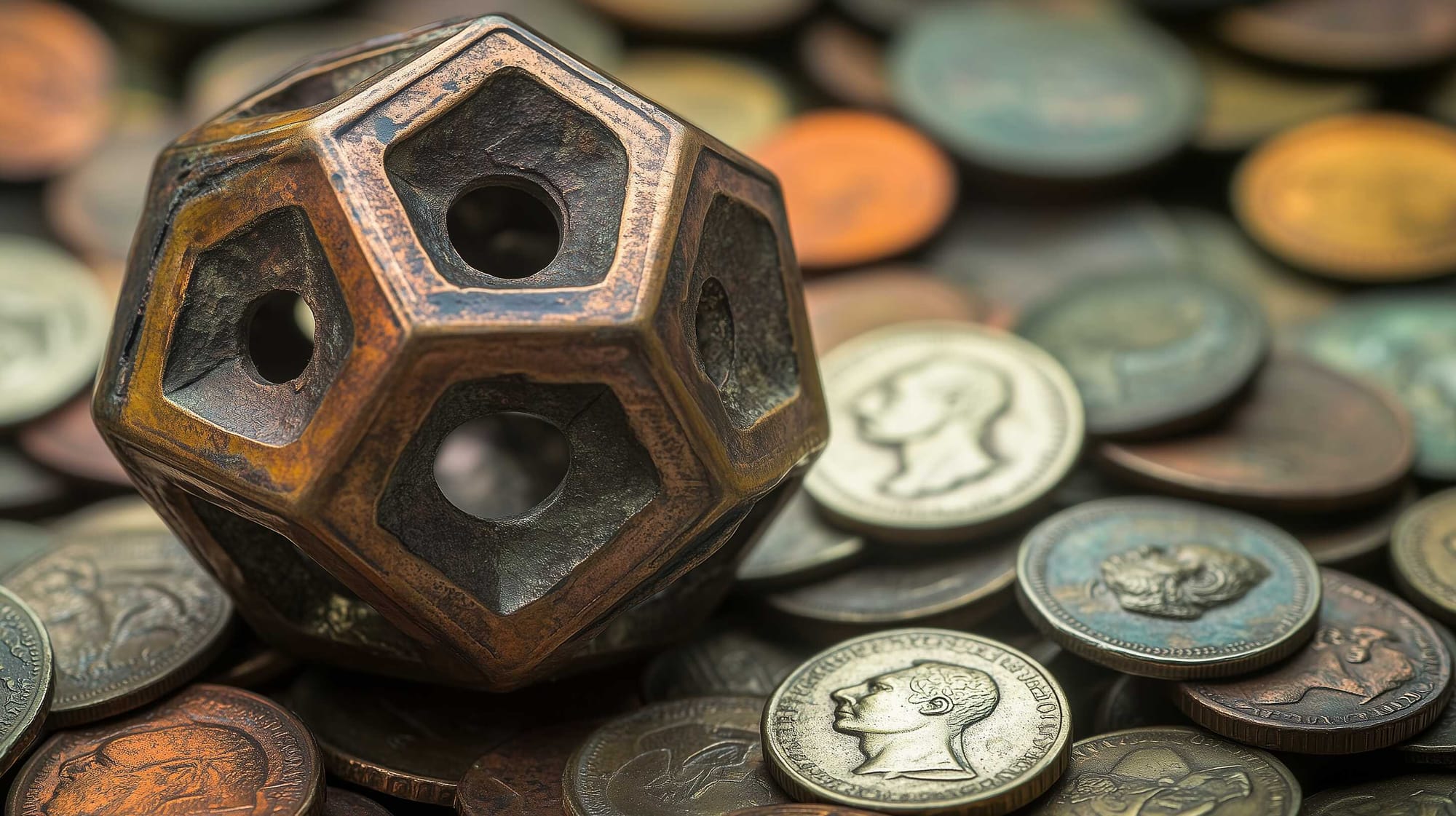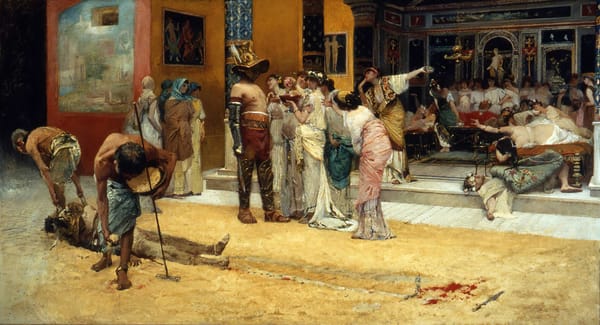Unraveling the Mystery of the Roman Dodecahedron
Among the myriad artifacts left behind by the ancient Romans, few are as mysterious and captivating as the Roman dodecahedron.

Among the myriad artifacts left behind by the ancient Romans, few are as mysterious and captivating as the Roman dodecahedron. These small, hollow objects, made of copper alloy or stone, (the stone ones do not have holes, or knobs) and featuring a geometric design with twelve flat faces, each face having a circular hole of varying diameter, have puzzled archaeologists and historians for centuries.
Mysterious objects
Roman dodecahedra have been found scattered across the territories of the former Roman Empire, from Hungary to Great Britain and from the Rhine to the north of Italy. The widespread discovery of these objects indicates their importance or utility in Roman society, yet no written records have been found to explain their function or significance.
The discovery of the first dodecahedron dates back to 1739, in Aston, Hertfordshire and to date, over 116 of these artifacts have been unearthed across a wide geographical range, spanning from northern England to Hungary.
However, a significant concentration of finds has been in Gaul, especially within the Rhine basin area, encompassing modern-day Switzerland, eastern France, southern Germany, and the Low Countries. The discovery of some dodecahedrons in coin hoards suggests they were highly valued by their owners. The majority of these finds have been dated back to the 2nd and 3rd centuries A.D.









About the Roman Empire Times
See all the latest news for the Roman Empire, ancient Roman historical facts, anecdotes from Roman Times and stories from the Empire at romanempiretimes.com. Contact our newsroom to report an update or send your story, photos and videos. Follow RET on Google News, Flipboard and subscribe here to our daily email.
Follow the Roman Empire Times on social media: